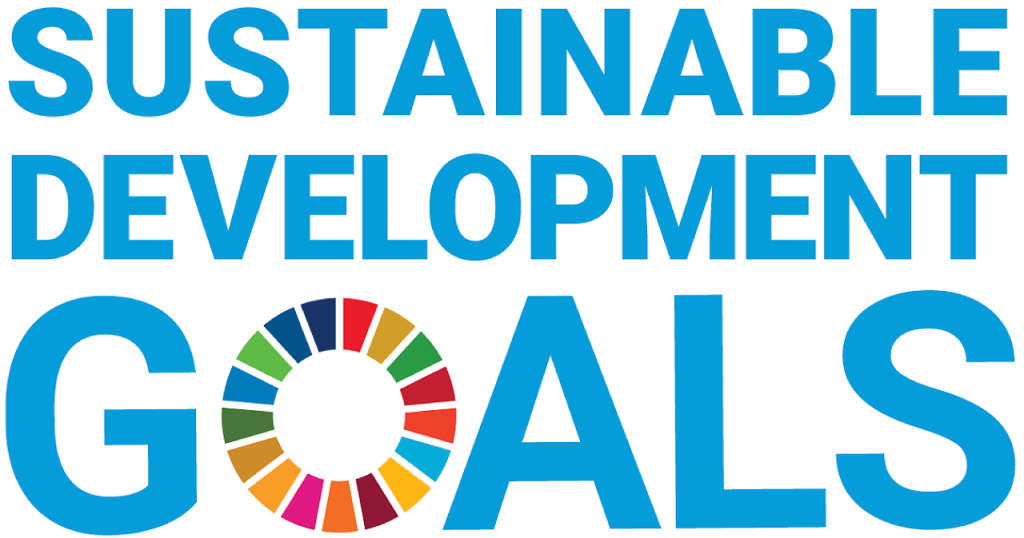Pigs in space: An agent-based model of wild boar (Sus scrofa) movement into cities
By: Toger M., Benenson I., Wang Y., Czamanski D., Malkinson D.
Published in: Landscape and Urban Planning
SDGs : SDG 15 | Units: Social Sciences | Time: 2018 | Link
Description: Last decades saw a dramatic increase in wildlife populations within urban areas. Policymakers seek to minimize human-wil dlife conflicts resulting from overabundance of species, such as wild boars (Sus scrofa). To this end, there is a need to understand the drivers governing infiltration of wildlife into cities. In this paper we study the availability and distribution of food resources in urban areas as driver of wild boar movement patterns. Based on the optimal foraging theory, we utilize an agent-based simulation model to investigate the ever-growing infiltration of wild boars into some cities. We apply the model to an artificial city that mimics the landscape of the city of Haifa. Manipulating food availability and relative resistance costs of different land-covers we demonstrate that infiltration of boars depends on population size of wild boars and on the amount and spatial distribution of attractors (e.g., food). Model outputs for likely sets of parameters demonstrate good correspondence to the reports of boar observations within the city of Haifa, Israel, where the porosity of the urban fabric and the connectivity of open space patches provide a trail network that makes food throughout the city accessible at a relatively low search-cost. Our results indicate that land cover and food patterns determine critically boars’ foraging movement and infiltration into the city. The proposed modeling framework provides a tool to investigate wildlife management policies that aim at reducing people-wildlife conflicts in cities. © 2018 Elsevier B.V.

